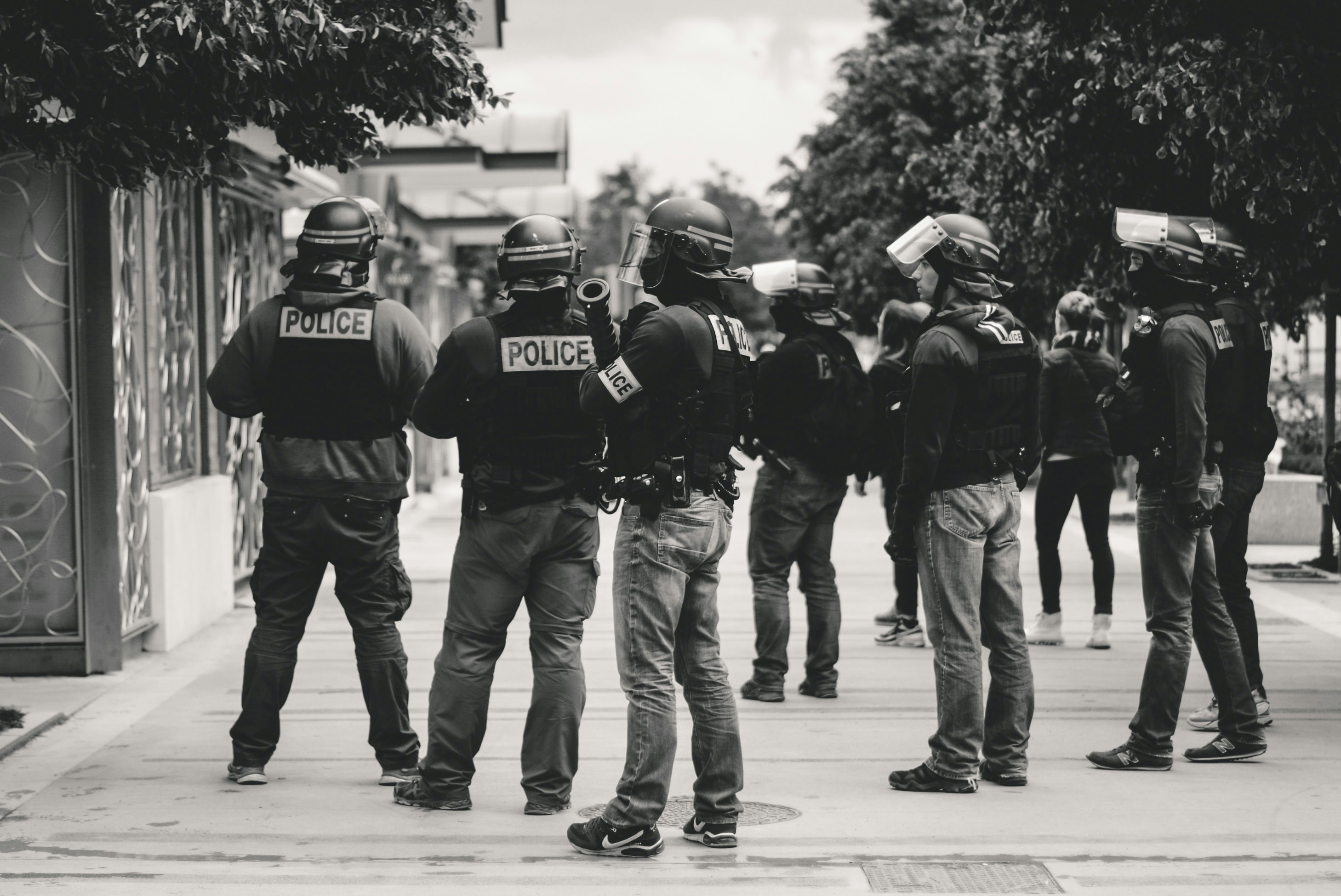From the US to Hong Kong, from Nigeria to France, in recent years the use of force by the police has been a topic of substantial controversy. Internal police policies, national legal provisions, as well as international standards (such as the UN Basic Principles on the Use of Force and Firearms by Law Enforcement Officials) set out frameworks for controlling and accounting for the resort to force.
How such standards and principles affect the use of force is a matter of considerable importance. And yet, often little is known about how the police and other law enforcement officials use force.
Monitoring Lethal Force, funded by the Open Society Foundations, brings together three strands of activities designed to enable comparison across jurisdictions:
1. Monitoring the policies and practices for recording and responding to deaths
In early 2021, an Open Society Foundations funded project led from the University of Exeter published a report titled Police Lethal Force and Accountability: Monitoring Deaths in Western Europe. It assessed state processes for recording deaths resulting from or connected with law enforcement activities, as well as the availability and reliability of information regarding such deaths, in Belgium, England & Wales, France and the Netherlands. The report concluded that the existing procedures and policies for recording, investigating and disclosing information on deaths associated with the application of force by law enforcement officers in these jurisdictions was wanting. While elements of good practice existed, the procedures and policies were often lacking in critical respects, including in relation to their scope, accuracy, accessibility and lesson-learning. As a result, Police Lethal Force and Accountability contended that police across all four jurisdictions need to enhance their data collection, data analysis and public communication.
This initial report was extended later in 2021 with the publication of Toward a Lethal Force Monitor. This report analysed the collection of data and its publication, the quality of data, and terms of police investigations and evidence of lessons learnt in Kenya and South Africa.
2. Comparative indicators on the use and abuse of force
Monitoring Lethal Force also incorporates work designed to compare the incidence and patterns of use of lethal force across countries. Such comparative indicators research was developed in Latin America in publications such as the 2019 The Monitor of Use of Lethal Force in Latin America as well as the 2022 second edition of the Monitor that broadened in scope to include the Caribbean. The work has produced indicators on the use and abuse of lethal force. On use, indicators have been developed to gauge the incidence of lethal force in absolute terms (for instance, the total number of civilians killed by law enforcement agents) as well as relative terms (for instance, civilians killed in relation to the overall population). On abuse, indicators have been developed to assess the appropriateness of number of deaths from force. For instance, the total number of civilians killed by law enforcement agents through gunshots have been compared to the number of civilians that agents wounded by gunshots).
3. Legal frameworks governing law enforcement agencies
While international standards and principles are in place to control the use of force and firearms by state agents, how they relate to national standards is subject to variation. Thus, comparing and contrasting the national legislative frameworks in place is an important element in understanding the conditions of the use of force. The University of Pretoria has led the creation of the Law on the Police Use of Force Worldwide database. Including nearly 200 countries, the database provides country profiles that details the constitutional provisions, national legislation, treaty adherence and other elements in place relevant to the use of force.
Through drawing on these three lines of work, Monitoring Lethal Force offers a systematic assessment of the use of force by law enforcement agencies.
In Memoriam
Monitoring Lethal Force would not have been possible without the contributions of Anneke Osse and Prof. Christof Heyns, both of whom endeavoured over many years to improve the availability of accurate data about police use of force as well as to highlight the need for international comparisons.
